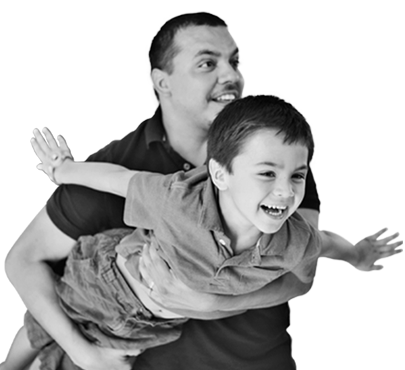Exploring Augmentative and Alternative Communication (AAC) Devices for Children with Autism
_for_Autistic_Children_A_Parents_Guide_592_454_s.png)
As a parent of an autistic child, you may have heard about Augmentative and Alternative Communication (AAC) devices, but understanding what they are and how they can benefit your child might still be unclear. These devices play a crucial role in helping non-speaking or minimally verbal individuals with autism communicate effectively. In this blog, we will delve into the world of AAC devices, explaining what they are and how they work.
What are Augmentative and Alternative Communication (AAC) Devices?
Augmentative and Alternative Communication (AAC) devices are tools designed to assist individuals who have difficulty with spoken communication. These devices can range from low-tech options like picture boards and communication books to high-tech solutions such as speech-generating devices (SGDs) and tablet-based applications.
How do AAC Devices Work?
AAC devices work by providing individuals with various means of expressing themselves, depending on their abilities and needs. Here's how different types of AAC devices work:
1. Picture-based Communication Systems:
- Picture boards or communication books consist of images or symbols representing words, phrases, or actions.
- Users can point to or select these images to convey their thoughts, needs, or desires.
2. Speech-generating Devices (SGDs):
- SGDs are electronic devices equipped with speech output capabilities.
- Users can either select pre-programmed phrases or type their messages using a keyboard or touchscreen interface.
- The device then converts the text into synthesized speech, allowing the user to communicate verbally.
3. Tablet-based AAC Apps:
- Many tablet-based applications, such as Proloquo2Go or TouchChat, serve as AAC solutions.
- These apps offer customizable communication grids with symbols or text, along with speech output functionality.
- Users can access a wide range of vocabulary and communication tools directly from their tablet devices.
Who can use AAC Devices?
AAC devices are incredibly versatile tools that can be utilized by people of all ages and backgrounds who, at least some of the time, face challenges with verbal communication. These individuals may have congenital conditions such as autism, cerebral palsy, intellectual disability, or Childhood Apraxia of Speech, which impact their ability to speak. Additionally, AAC can also support those with acquired conditions like ALS, multiple sclerosis, Parkinson's disease, or individuals who have experienced a stroke. Whether the need for AAC is permanent or temporary, such as in cases of throat surgery where speech may be temporarily impaired, these devices offer a lifeline for communication, enabling individuals to express themselves and engage with the world around them effectively.
It is important for parents of autistic children to understand that there are no prerequisites to utilizing AAC devices. Regardless of the child's age, communication abilities, or previous exposure to AAC, they can benefit from these tools right away. Contrary to the belief that one must start with low-tech or light-tech options before progressing to high-tech AAC devices, parents have the flexibility to choose the solution that best suits their child's needs and preferences. Whether opting for a simple picture-based communication board or diving straight into a sophisticated speech-generating device, the key is to select an AAC system that aligns with the child's communication goals and abilities. By embracing AAC without hesitation, parents can provide their autistic children with immediate access to the communication support they require, facilitating their journey towards effective expression and connection.
Augmentative and Alternative Communication (AAC) devices offer invaluable support for autistic children who face challenges with verbal communication. Whether through picture-based systems, speech-generating devices, or tablet-based applications, these tools provide a means for children to express themselves, engage with others, and participate more fully in everyday life. As a parent, exploring AAC options tailored to your child's needs can open doors to improved communication and greater independence.
Contact our Family Support Team if you would like to learn how to get started on an AAC Device or any other programs and services that we offer. Our Family Support Team is always available to help and is available at no charge to all members of the autism and developmental disability community. Schedule a free phone appointment that works with your schedule: AZAunited.org/supportcall
You may also be interested in:
For more helpful resources and information, follow AZA United on social media:






